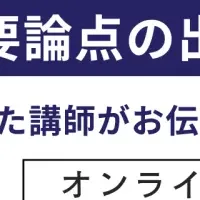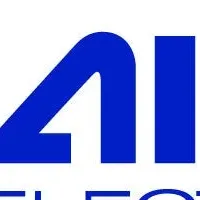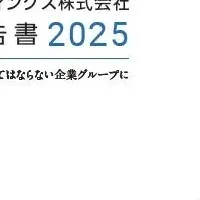
Aurigo Software Launches Lumina: Revolutionary AI for Capital Program Management
Aurigo Software Launches Lumina: A Game-Changer in AI for Capital Owners
On January 15, 2025, Aurigo Software took a significant leap in the field of capital planning and construction management by unveiling Lumina, a state-of-the-art AI platform designed specifically for capital owners. This groundbreaking platform promises to transform the way users interact with essential data in infrastructure projects.
The Need for an Intelligent System
The complexity of managing infrastructure and facility projects is ever-increasing, especially given the multitude of modern cloud and mobile tools available today. Consequently, the risk of data becoming siloed is high, leading to fragmented information across multiple systems. Traditional project management tools, while helpful, have often failed to streamline the process of locating and validating crucial project information. This fragmentation has a knock-on effect, causing inaccuracies in budget and scheduling estimates, which results in project overruns.
Features of Lumina
Lumina aims to tackle these issues head-on. The platform includes two central applications: Lumina GPT and Lumina Analytics.
Lumina GPT
- - Natural Language Search: Facilitates intuitive exploration of files and records.
- - Generative AI: Refines and summarizes search results efficiently.
- - Critical Insights: Highlights essential information across multiple documents to enhance decision-making.
By employing natural language processing, Lumina GPT allows teams to quickly access the necessary project resources, ultimately leading to better project execution and efficiency.
Lumina Analytics
- - Data Monitoring: Utilizes AI to expose inaccuracies in budget estimates and schedules.
- - Risk Analysis: Tracks potential variances in timelines and advises on budget overruns.
- - Actionable Suggestions: Provides strategies aimed at mitigating errors and enhancing project outcomes.
Through machine learning, Lumina Analytics analyzes patterns in real time and historically, thereby improving the accuracy of schedules and budgets for future projects.
Looking Ahead: Continuous Development
Aurigo plans to further expand the Lumina platform with additional AI-driven products as the company moves through 2025 and beyond. They aim to integrate more advanced risk management features that would emphasize real-time risk scoring and trend analysis pertinent to an entire portfolio of capital projects. Given the substantial growth predicted in the AI market within the construction sector—projected to hit $4.51 billion by 2026—Aurigo is aligning its offerings with market demands and technological advancements.
The clientele of Aurigo includes major infrastructure and facility owners in North America, notably including government agencies, departments of transportation, and utilities. These organizations stand to benefit immensely from the technological enhancements brought forth by Lumina.
The Future of Infrastructure Management
Aurigo Software is more than just a provider of capital planning tools; they are cultivators of innovative solutions tailored to meet the dynamic challenges in the infrastructure space. As stated by Balaji Sreenivasan, CEO of Aurigo Software, "Lumina is a game-changer for infrastructure owners, transforming how they leverage data with advanced insights, analytics, and AI-driven searches." This initiative underlines the company's commitment to fostering smarter planning and a brighter future for capital project management.
In conclusion, with Lumina onboard, Aurigo Software not only enhances its existing portfolio of products but also sets a new standard for how capital project data can be managed intelligently and effectively.
About Aurigo Software
Aurigo Software builds software solutions that assist infrastructure development across various sectors, including transportation, water and utilities, and healthcare. With over $300 billion in capital programs under its management, Aurigo is trusted by 300 clients across North America and is dedicated to promoting efficient planning and execution through AI and machine learning technologies.
Topics Business Technology)










【About Using Articles】
You can freely use the title and article content by linking to the page where the article is posted.
※ Images cannot be used.
【About Links】
Links are free to use.